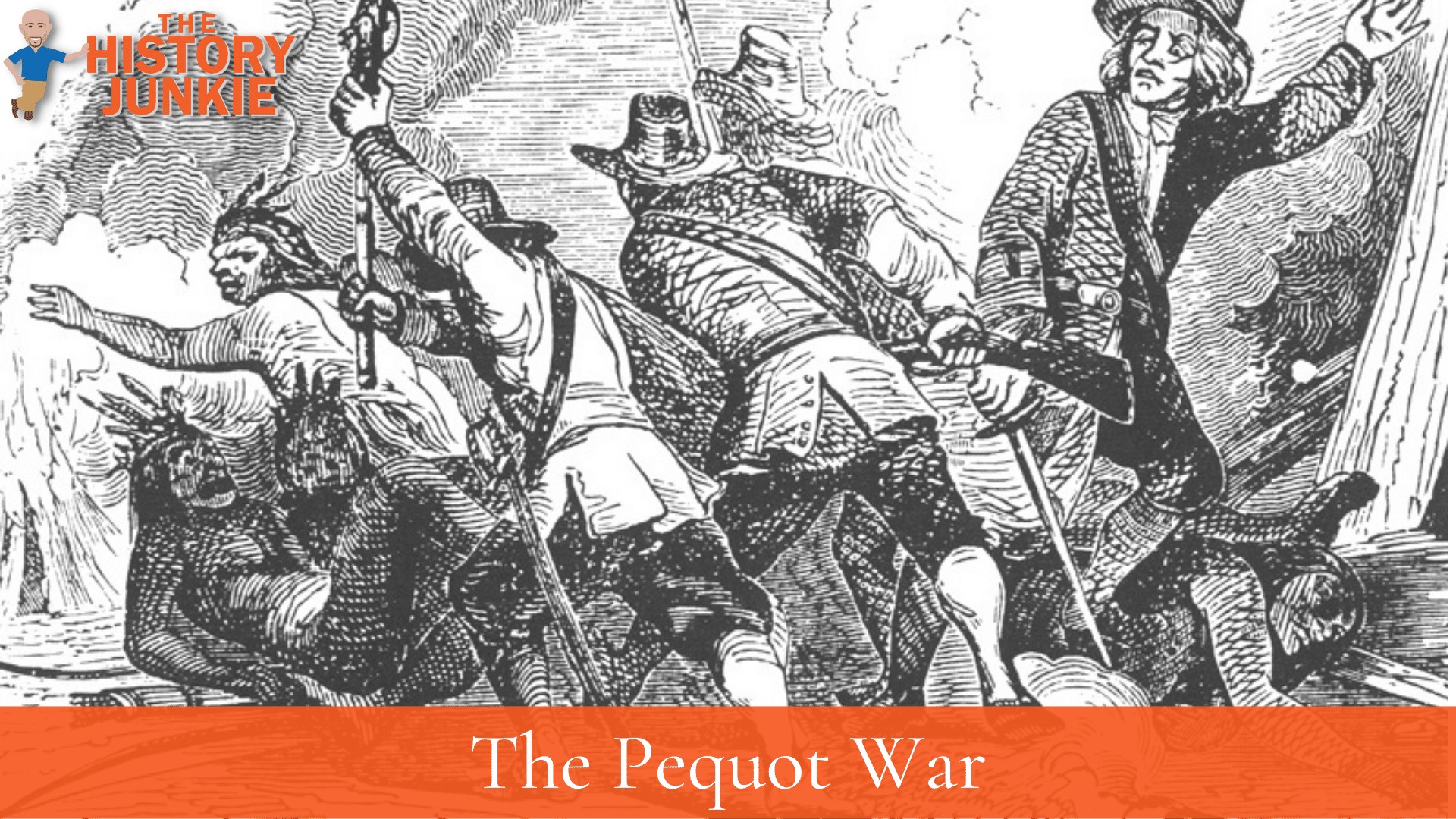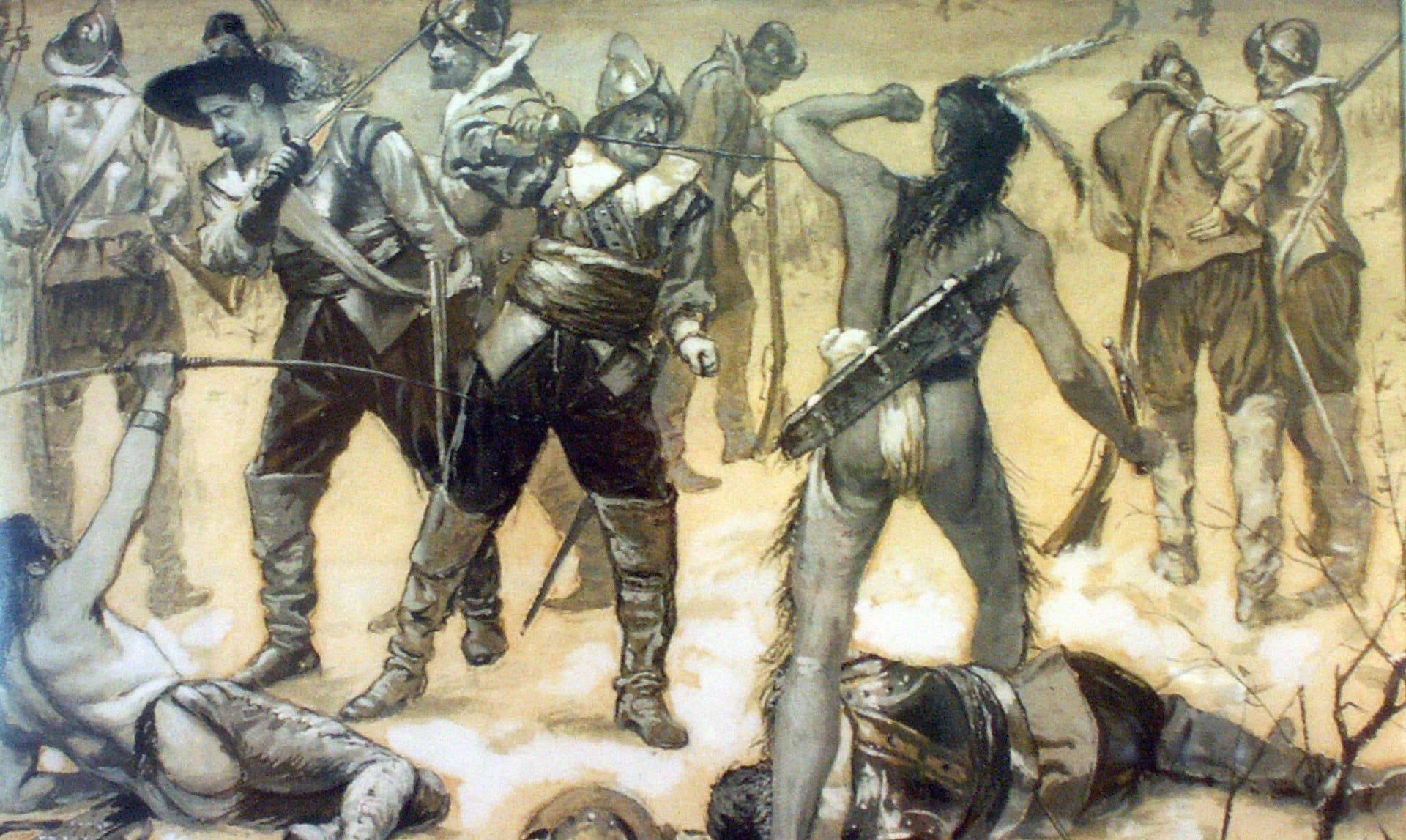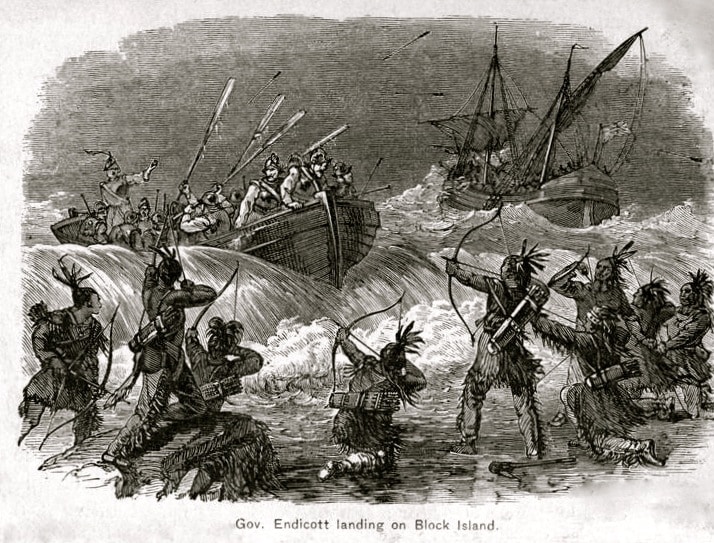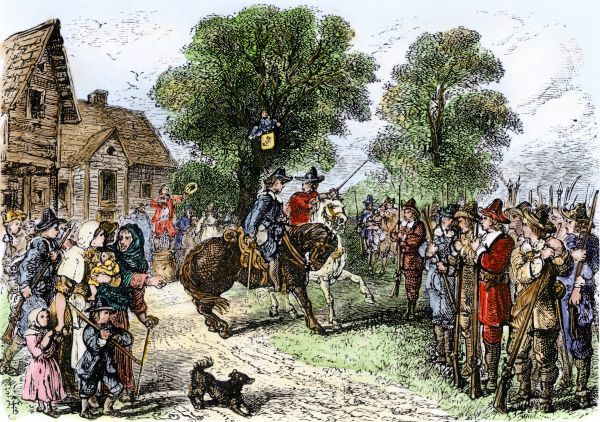
Jump to:
- #1. There Were Four Possible Causes Of The Pequot War
- #2. John Endecott Led The First Attack
- #3. The Pequot Tribe Responded To First Attack With Multiple Raids
- #4. Captain John Mason Is Given Command Of The Military
- #5. The Mystic Massacre Broke The Pequot Spirit And Ended The War
- #6. The Pequot War Destroyed The Pequot Tribe
#1. There Were Four Possible Causes Of The Pequot War
The Pequot War was a significant event in Colonial America and would change the landscape of the Native Americans after the war ended.
The first cause had to do with the fur trade. The Pequot wanted to control the fur trade, as did the Mohegan tribe. Violence escalated between the Dutch and Pequot when the Pequot assaulted a tribe of Indians who had tried to trade in the area of Hartford.
The second cause was the murder of John Stone and several of his crew members. Stone was a shady character in New England, and many were indifferent or elated by the news of his death.
When investigating his murder, the Pequot claimed they believed he was Dutch and not English, which was a lie.

A trader named John Oldham was attacked on a voyage to Block Island on July 20, 1636. He and several of his crew were killed, and his ship was looted by Narragansett-allied Indians who sought to discourage settlers from trading with their Pequot rivals.
Oldham had a reputation as a troublemaker and had been exiled from Plymouth Colony shortly before the incident on Block Island.
Finally, The Great Colonial Hurricane of 1635 also placed a great deal of pressure on the harvests of that year, according to historian Katherine Grandjean, increasing competition for winter food supplies for several years afterward throughout much of coastal Connecticut, Rhode Island, and Massachusetts.
This, in turn, precipitated even greater tensions between the Pequot and English colonists, who were ill-prepared to face periods of famine
#2. John Endecott Led The First Attack

In response to the deaths of the men listed above, the governor sent John Endecott to lead men to Block Island.
Endecott arrived with 90 men, razed two villages, and took most of their food stores. He would then return to Fort Saybrook, where he would regroup and head out to a Pequot village.
After negotiations stalled at the village, Endecott concluded that the Pequot tribe was stalling and attacked, but most escaped into the woods.
Endecott had his forces burn down the village and crops before sailing home.
#3. The Pequot Tribe Responded To First Attack With Multiple Raids
Through the autumn and winter, Fort Saybrook was effectively besieged. People who ventured outside were killed.
As spring arrived in 1637, the Pequot stepped up their raids on Connecticut towns. On April 23, Wangunk chief Sequin attacked Wethersfield with Pequot's help.
They killed six men and three women, a number of cattle and horses, and took two young girls captive. In all, the towns lost about thirty settlers.
#4. Captain John Mason Is Given Command Of The Military
In May, leaders of Connecticut river towns met in Hartford, raised a militia, and placed Captain John Mason in command.
Mason set out with ninety militia and seventy Mohegan warriors under Uncas; their orders were to attack the Pequot at their fort directly.
At Fort Saybrook, Captain Mason was joined by John Underhill with another twenty men. Underhill and Mason then sailed from Fort Saybrook to Narragansett Bay, a tactic intended to mislead Pequot spies along the shoreline into thinking that the English were not intending an attack.
After gaining the support of 200 Narragansetts, Mason and Underhill marched their forces with Uncas and Wequash Cooke approximately twenty miles toward Mistick Fort.
They briefly camped at Porter's Rocks near the head of the Mystic River before mounting a surprise attack just before dawn.
#5. The Mystic Massacre Broke The Pequot Spirit And Ended The War
The Mystic Massacre started in the pre-dawn hours of May 26, 1637, when Colonial forces led by Captains John Mason and John Underhill, along with their allies from the Mohegan and Narragansett tribes, surrounded one of two main fortified Pequot villages at Mistick.
Only 20 soldiers breached the palisade's gate, and they were quickly overwhelmed to the point that they used fire to create chaos and facilitate their escape.
The ensuing conflagration trapped the majority of the Pequot; those who managed to escape the fire were slain by the soldiers and warriors who surrounded the fort.
The Narragansett and Mohegan tribes were troubled by the massacre. They believed that the English were too violent and killed too many men. They were not used to European-style warfare.
The English would not stop there. They continued to the Mattabesic Village, where they would meet Sassacus. Sassacus would escape from the colonists and continue west.
Sassacus and his followers had hoped to gain refuge among the Mohawk in present-day New York.
However, the Mohawk instead murdered him and his bodyguard, afterward sending his head and hands to Hartford (for reasons that were never made clear).
This essentially ended the Pequot War; colonial officials continued to call for hunting down what remained of the Pequots after the war's end, but they granted asylum to any who went to live with the Narragansetts or Mohegans.

#6. The Pequot War Destroyed The Pequot Tribe
The Pequot War decimated the Pequot tribe, and the once extremely powerful tribe was facing extinction.
Those that were remaining were enslaved and sent to the Caribbean, and some stayed and served nearby tribes.
The once-great nation of Pequot would be nothing more than a forgotten footnote in early American history.
